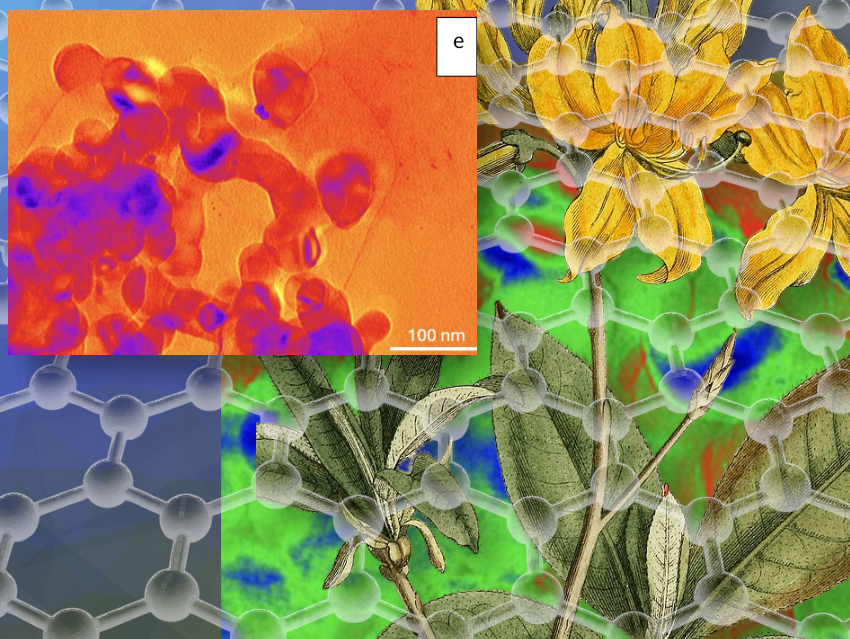Colorectal cancer ranks as the second deadliest cancer worldwide, highlighting the urgent need for effective anticancer treatments. Carbon nanomaterials, particularly zero-dimensional structures like Carbon Quantum Dots (CQDs), have emerged as promising candidates due to their unique physicochemical properties. These include tunable shape and size, high stability, excitation-dependent emission, and surface functionalization capabilities.
CQDs are nanoscale carbon-based materials, typically smaller than 10 nm. They are a subclass of quantum dots but differ from traditional semiconductor quantum dots in their composition, being primarily made of carbon. CQDs can be derived from various sources, including the Rhododendron luteum (RL) plant. RL, a member of the Ericaceae family, is known for producing non-toxic secondary metabolites with diverse biological and medicinal properties, such as anti-inflammatory, anti-nociceptive, anti-hypertensive, antipyretic, and insecticidal effects.
Alper Durmaz, Artvin Çoruh University, Turkey, Selcan Karakuş, Istanbul University-Cerrahpaşa and Health Biotechnology Joint Research and Application Center of Excellence, Istanbul, Turkey, and colleagues have developed a simple and eco-friendly method to synthesize CQDs from RL extract. RL flowers were collected, oven-dried, and ground into powder. The pyrolysis method, a green synthesis approach, was then applied by heating the powder sample at 200°C, followed by rehydration with distilled water to obtain an RL extract. After centrifugation, the supernatant was diluted with distilled water to finally obtain RL-CQDs.
According to the researchers, RL-derived CQDs showed a distinctive dumbbell-like morphology with a size of less than 50 nm. In laboratory experiments, the team found that RL-CQDs selectively kill HCT116 colorectal cancer cells through three key mechanisms: reducing the CD44/CD24 ratio (surface proteins associated with cancer growth and resistance), triggering cell cycle arrest in the G2/M phase (a critical checkpoint where disruption prevents proper cell division, leading to growth inhibition or death), and promoting apoptosis (programmed cell death).
Based on these findings, the researchers suggest that RL-CQDs hold significant potential as a colorectal cancer treatment. Furthermore, their simple synthesis method offers a sustainable approach to CQD production, by paving the way for further advancements in green nanomaterial research.
- In vitro, Anti-Colon Cancer Activity of Green Dumbbell-Shaped Rhododendron Luteum-Based Carbon Dots,
Alper Durmaz,Ibrahim Mizan Kahyaoglu, Erdi Can Aytar, Ferdane Danisman Kalindemirtas, Esra Sert, Ayse Erol-Bozkurt, Selcan Karakus,
ChemistryOpen 2025.
https://doi.org/10.1002/open.202400303


